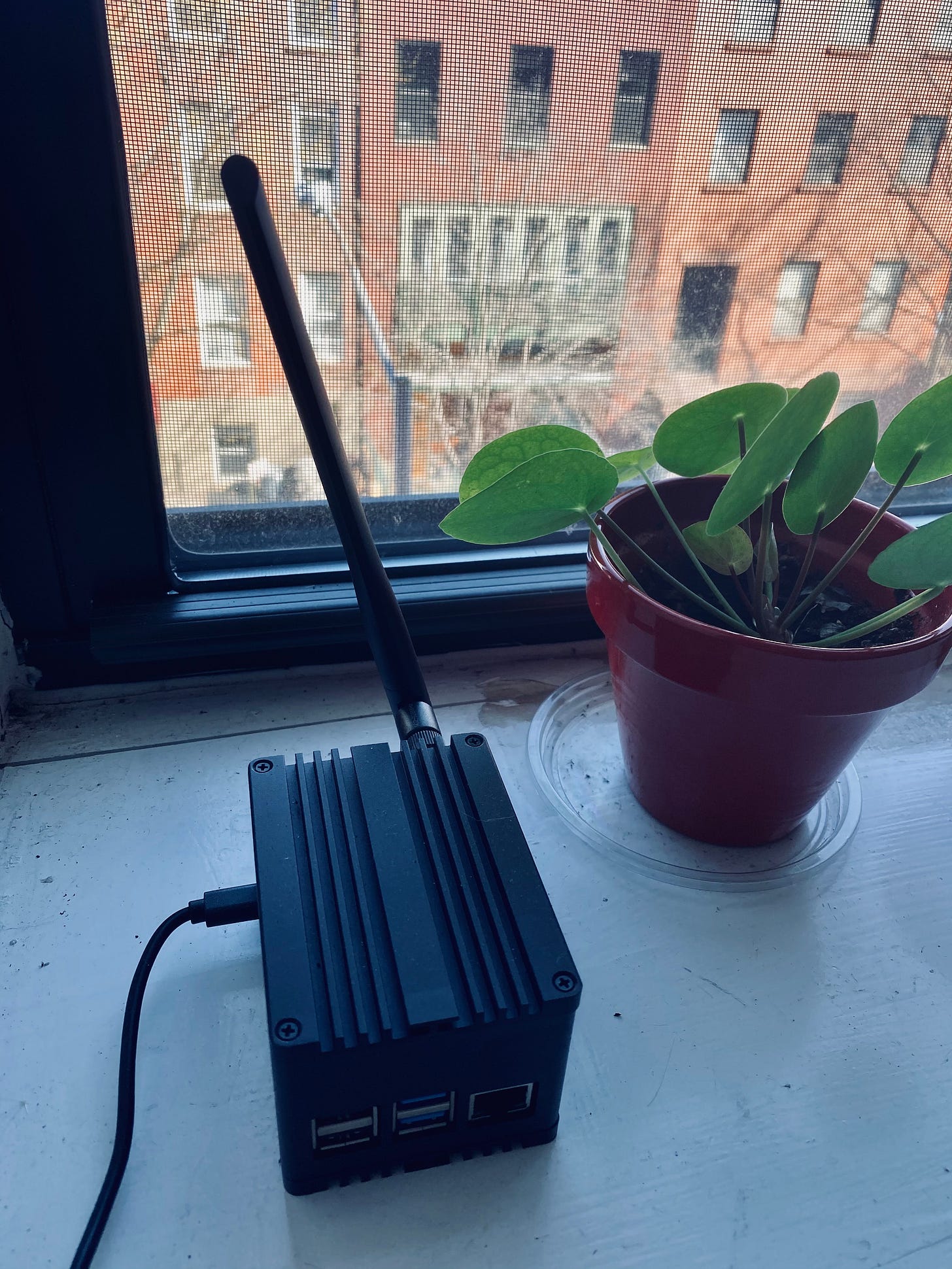I remember when mobile phones first came to the market. At first, you could only use your mobile if there was adequate coverage in your area. If you were driving in your car and speaking to someone on your mobile phone, you'd often get disconnected. Losing signal was commonplace.
With time though, this changed. Mobile networks invested capital in a race to be the largest provider across a country. They knew, that the payoff would be worth it. Locking in a monopoly for the networks that won the race, and billions of dollars in revenues to follow.
What wasn't known then was how prolific mobile phones would become in our everyday lives. Today we use our mobiles for making calls, browsing the web, sending emails, mobile money, GPS and more. Roughly 5 billion people use their mobile to access the internet everyday.
These mobile networks have become the centralized gatekeepers to how we access and communicate with the world. For a fee of course.
How is it possible to disrupt such an industry? One with well established gatekeepers and deep pockets? One that requires billions in capital investment to even compete?
As Clayton Christensen says by introducing a "disruptive technology that enables a new market to emerge."
That brings me to this weeks dApp of the week. The people's network, Helium.
What is Helium?
Helium is a disruptive new approach to deploying a wireless network. It is a peer-to-peer blockchain enabled and decentralized wireless network.
Instead of spending billions of dollars to get widespread network coverage across the country. Helium took a different approach.
They created an open network that anyone could build hotspots for, and rewarded people for sharing access to those hotspots.
In a short space of time, over 19,000 of these hotspots have rolled out across the globe. With more installed daily. Broadening and strengthening Helium's network coverage.
In doing so, a new market has emerged. The Helium network now enables a range of new markets at a fraction of the cost of cellular. IoT device tracking, air quality monitoring, building and device tracking, are just some of the use cases built on the Helium network.
Best of all, as the Helium network grows, so does the rewards that the people powering the network receive. I for one have been running a Helium hotspot in my apartment for quite some time. This week alone, I received 140 HNT tokens as a reward (at today's price that’s worth $560). In a month, my Helium hotspot generates close to $2,200 worth of HNT rewards. Imagine that, getting rewarded for being part of the network and not only charged to use it!
How can Helium afford to give out this kind of reward?
It's quite simple. By removing the cost to build, install and manage the hotspot infrastructure off Helium's balance sheet. Helium no longer needs to incur those costs and can pass on those savings to their clients and people (like me) who are hosting a hotspot. In turn, enabling new markets that were not before possible.
This is what it looks like when you disrupt a centralized network. This is the power of aligning incentives and creating the people's network.
To find out more about Helium go to their website. Anyone can order a Hotspot (make sure they have support in your country first) and download the Helium mobile app.
If you enjoyed this post, I’d love to hear from you.












Share this post